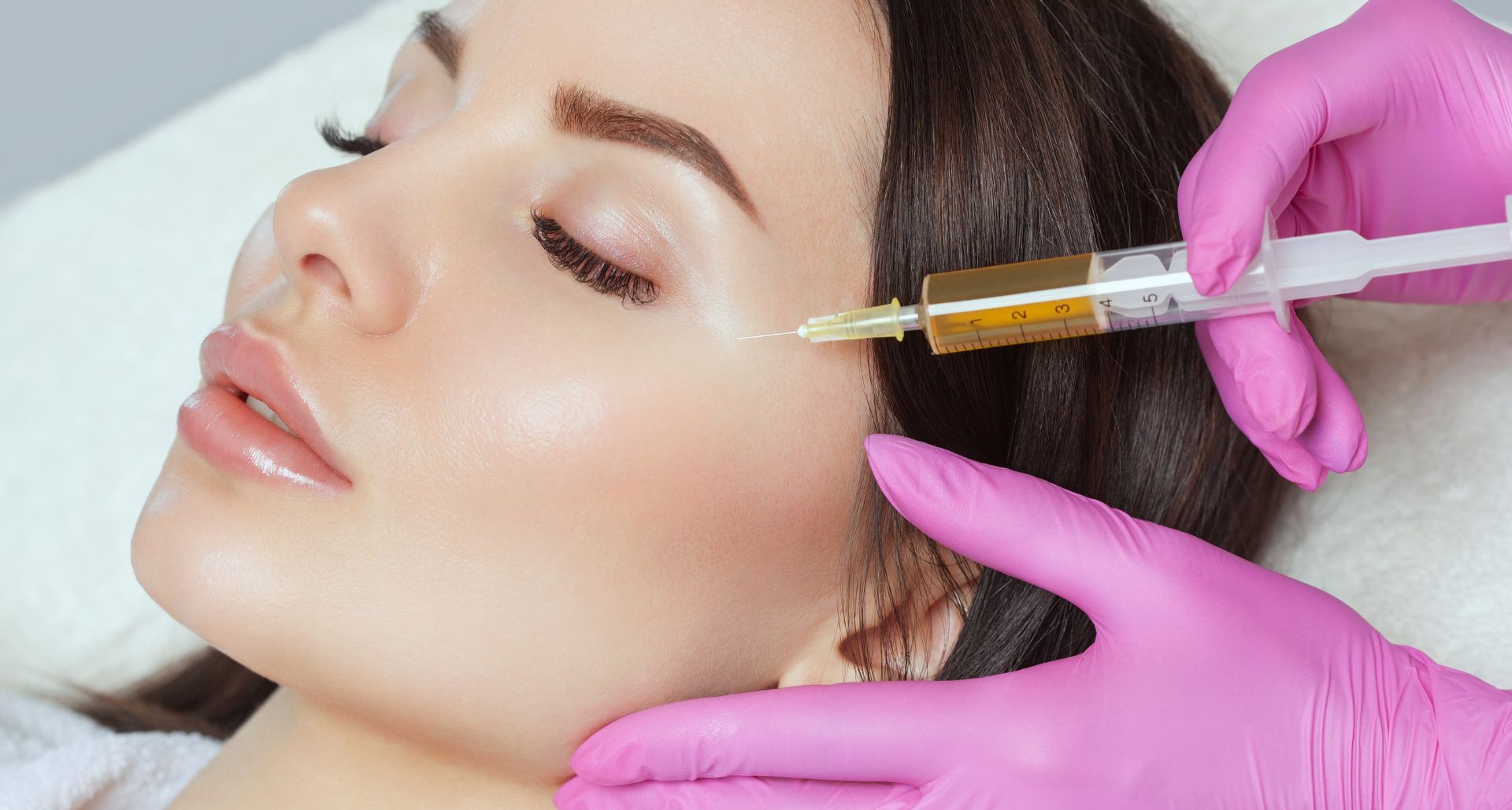Short Guide on the Most Effective Treatments for Scars
Scars are a natural result of the healing process after an injury. They are formed when the tissue in the skin is damaged, and the body produces new collagen to repair it. Scars can be different colors and textures, depending on how much collagen is produced and where the scar is located. They may be raised or flat, smooth or rough, and can vary in size from a few millimeters to several inches across.

Types of scars
Some scars are caused by accidents, while others result from surgery or an illness. The most common type of scar is a hypertrophic or keloid scar. Hypertrophic scars are thick, raised scars that form when too much collagen is formed during the healing process. Keloid scars are even thicker and more raised than hypertrophic scars and can grow larger than the original injury. Hypertrophic scars usually fade over time, but keloid scars can be more difficult to treat. Atrophic scars are thin, sunken scars that form in the absence of enough collagen.
Other types of scars include:
- Acne scars - caused by acne breakouts; they can range from mild to severe.
- Stretch marks - caused by rapid weight gain or loss, pregnancy, or muscle growth.
- Tattoo scars - caused by tattoo ink.
- Moles - benign skin growths that occur on the body, face, or scalp.
- Burn scars - caused by a burn.
- Surgical scars - caused by surgery.
Causes of scarring: How do scars form?
Scars form when the skin is damaged. Several types of collagen fibrils are formed when the skin is damaged. Collagen molecules aggregate to form a fibril, forming fiber in tissues. Collagen fibers then attach to each other and trap blood vessels, forming the scar.
A scar forms due to collagen in excess. The extra collagen makes the skin thicker and less elastic. Thick scars are more likely to stretch, change shape, and become a keloid. Scar formation depends on how much collagen is produced. More collagen makes a thicker scar, while less collagen makes a thinner scar.

Prevention and treatment of scars: What can be done to prevent and treat scars?
Scars are a natural consequence of the body’s healing process. However, not all scars are created equal. Some scars are small and barely noticeable, while others are large, unsightly, and painful. While there is no one-size-fits-all solution for scar prevention and treatment, several options are available to minimize the appearance and effects of scars.
The best way to prevent scars is to avoid injuries in the first place. If you do get injured, however, adopt the right wound care steps to promote healing and reduce scarring. Avoid rubbing or scratching the affected area. Don’t wear tight-fitting clothes, which can cause pressure and irritation. Try not to pick at scabs or open wounds, as this can further damage the skin and increase scarring. Avoid over-the-counter medications that contain corticosteroids (such as hydrocortisone, betamethasone, and prednisone) which can make scars more noticeable.
Laser treatment for scars: What is laser scar treatment, and how effective is it?
Laser scar treatment is a relatively new technology used to help improve the appearance of various scar types. The laser is directed at the scar to break down the built-up collagen. This can soften the appearance of the scar and make it less noticeable. The effectiveness of laser therapy depends greatly on the type of injury that caused the scar, as well as on the skin type of the person looking to reduce the scar.
There are two main types of lasers available for scar treatment: the pulsed dye and the ablative. The pulse dye laser is a low-level laser that improves the texture of existing scars. The ablative laser is a high-powered device that breaks down the collagen in the targeted area to make the scar less noticeable and promote healing.
Laser treatments are often used to treat acne scarring. The laser uses high-intensity light to destroy the cells that cause the scars during a relatively quick and painless procedure. Most people see results after just a few treatments.
Pulsed dye lasers are the most common type of laser used to reduce acne scar appearance. However, the newer fractional laser resurfacing treatments are even more effective and less invasive. These treatments use small amounts of a laser beam to selectively destroy the top layers of skin damaged by acne.

Surgery for scars: Are surgical treatments for scars effective?
Most surgical treatments for scars involve cutting away or removing the scar tissue. This leaves a wound that must heal, often leading to more scarring. There is limited evidence on the effectiveness of cosmetic surgery for scars. Most studies have been small and not that well-designed. Surgery may be an option for a small number of people with stubborn, deeper scars. However, it is not recommended for most individuals struggling with scars.
Laser scar removal is a popular alternative to surgery for scars. Laser surgery can be used on all types of scars, from those caused by accidents or surgery to acne scars or chickenpox scars. The laser targets the pigment in the scar and breaks it up, reducing the scar's appearance. The process is also known as photoablation. The laser does not damage the healthy skin below the scar as it would if you were to have surgery because it only targets the pigment in the scar.
Other treatments for scars: Are there other treatments for scars that are effective?
Microneedling has been proven to stimulate collagen production and improve the appearance of scars. The procedure is minimally invasive and uses tiny needles to create controlled injuries on the skin. These micro-injuries trigger the body's natural wound healing response, which leads to new elastin and collagen formation. Microneedling can be used to treat a variety of skin conditions, including scars.
Many opt to treat their scars with a topical treatment rather than an injection or surgery. Topical treatments are applied directly to the scar site. The most popular topical treatment is silicone, a non-invasive procedure that reduces the appearance of scars and improves skin tone. Silicone is a water-based substance that dissipates quickly and does not require stitches. Silicone gels provide a natural, long-lasting result without causing irritation. Silicone gel sheeting can be used on all skin types, including fair, delicate, dry, and normal skin.

PRP injections for scars is a new, cutting-edge treatment. PRP, or platelet-rich plasma, is a substance made from your own blood that is injected into the area of the scar to promote healing. PRP contains growth factors and other proteins that stimulate new cell growth and collagen production. This reduces the appearance of scars.
Dermabrasion is another effective treatment for scars. It is a type of superficial chemical peel that removes the outermost layer of skin. Dermabrasion can reduce the size and color of the scar, but the procedure can be very painful. The risk of infection is also a concern, and the procedure is usually performed only on scars that are not sensitive to touch. The process typically takes several weeks and requires little to no downtime.
What is the best way to treat scars?
There are a variety of treatments available to help reduce the appearance of scars. The best way to treat scars, however, is with a combination of therapies. Each individual's scar will respond differently to various treatments, so it is important to consult with a dermatologist before starting any treatment regimen. The type of treatment you choose will depend largely on the severity of your scar, as well as your doctor's recommendations.
Best Treatments for Scars in Tampa
Prime Aesthetica is the top medical spa for scar treatments in the Tampa Bay area. Our team of experts has years of experience administering scar reduction treatments. This combined with our state-of-the-art lasers ensures that we effectively reduce the appearance of scars for our clients. If you're in Tampa, contact us today for a consultation, we'll examine your scar(s) and determine the best path forward to minimize them.
Search





